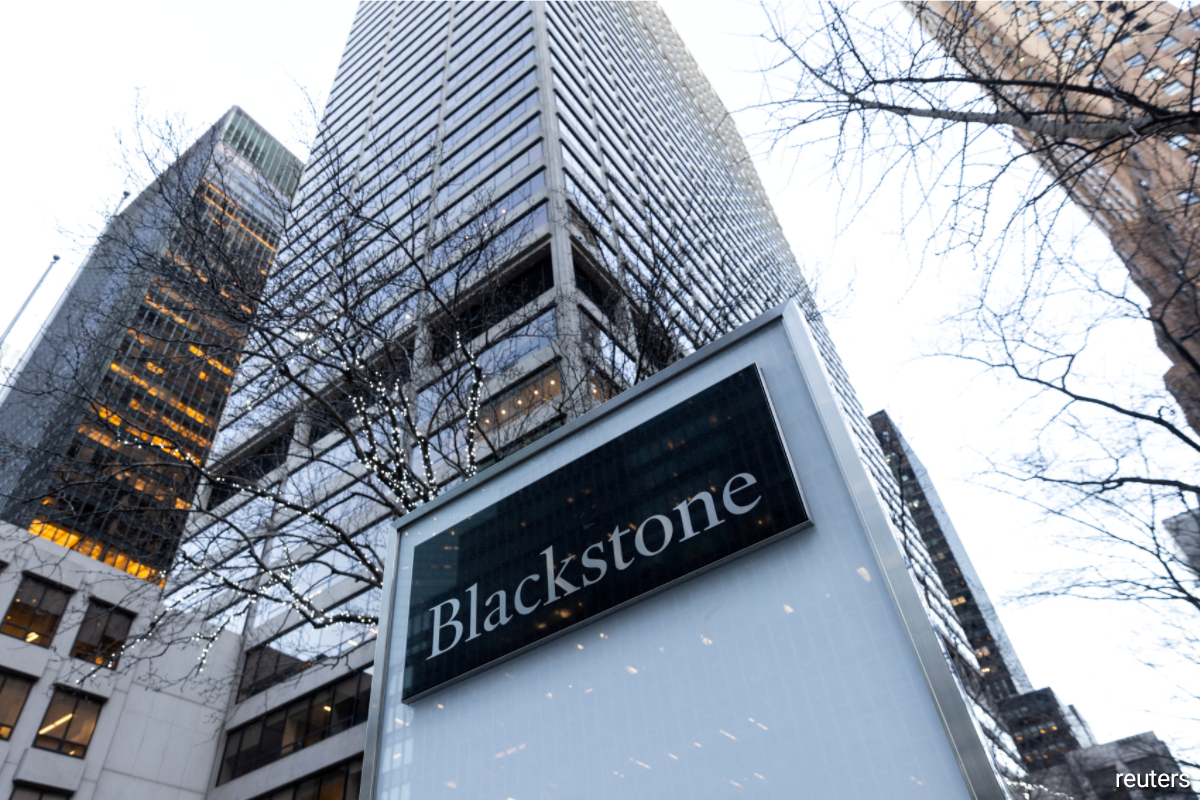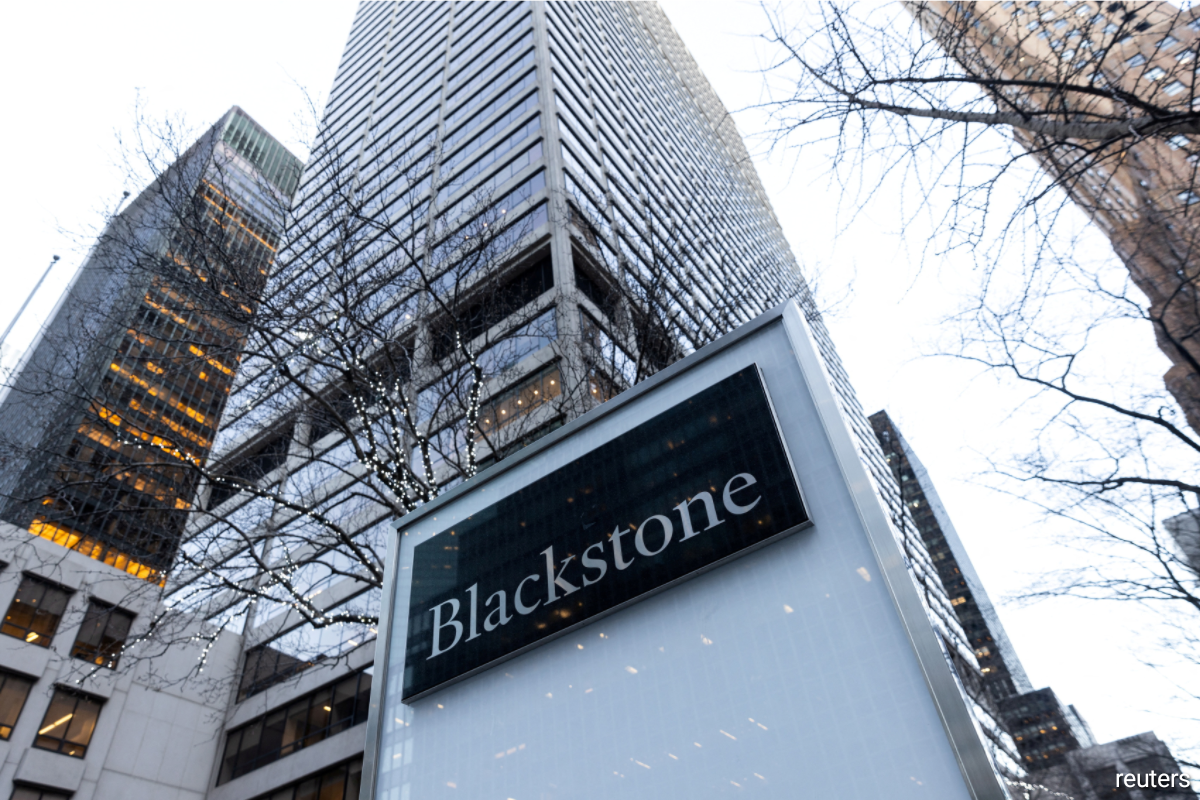







The private credit industry, currently valued at approximately $1.6 trillion, is undergoing a transformative phase as firms seek to diversify their portfolios beyond traditional corporate lending. Recent developments indicate a significant shift towards financing consumer loans and infrastructure projects, with Apollo Global Management estimating that the potential market for private credit could reach a staggering $40 trillion [5ab5e377].
On September 26, 2024, Luke Gillam from Goldman Sachs and Murad Khaled from Bank of America announced their transitions to AlbaCore Capital and Apollo Global Management, respectively. This trend reflects a broader movement, with over 20 senior bankers in Europe defecting to private credit firms since interest rates began to rise [c41fc7ff].
Neel Kashkari, president of the Federal Reserve Bank of Minneapolis, recently stated that the rise of the private credit market could reduce systemic risk in the U.S. financial system. He noted that private credit, which has grown to over a trillion dollars, is typically levered one to one, compared to U.S. banks which are levered about ten to one. Kashkari expressed cautious optimism about private credit's potential to introduce less risk due to longer capital lock-in periods [581eec01].
Bryan Corbett, President and CEO of the Managed Funds Association, argues that misconceptions about the safety of private credit should not influence policy decisions. A new MFA study reveals that private credit funds provide extensive data to regulators, countering claims of industry opacity. This information is crucial for understanding the industry's role in enhancing financial stability and supporting the American economy [a8e8d3c1].
The allure of private credit is largely driven by the promise of higher pay, performance fees, and more manageable working hours compared to traditional banking roles. Notable recent transitions include Barclays' Tom Blouin and Morgan Stanley's Jane Bradshaw, highlighting the competitive landscape as private credit firms aggressively recruit senior talent to secure larger deals [c41fc7ff].
In the latter half of 2024, M&A activity resumed and is expected to continue into 2025, driven by the U.S. economy's resilience and reduced uncertainty following the presidential election. Major firms like Goldman Sachs, Blackstone, Blue Owl, Bain, Apollo, and Oaktree have raised substantial private credit pools to capitalize on this trend [5ee5e01].
Private credit firms are now looking to finance sectors such as auto loans, residential mortgages, chip manufacturing, and data centers. For instance, Blackstone recently provided a $1.1 billion private credit deal for NSI Industries, while Databricks Inc. is seeking $2.5 billion from private credit lenders. Carlyle has also raised $5.7 billion for its latest flagship credit fund, indicating a robust appetite for private debt in these emerging markets [5ab5e377].
However, the private credit market is not without its challenges. Defaults are currently estimated at 3-5%, raising concerns about borrower repayment capabilities amid a potential U.S. recession. This economic uncertainty is compounded by declining oil prices, which could affect capital inflows from the Middle East [5c099832].
The competitive landscape is intensifying as traditional lenders, including banks, are increasingly retreating from consumer and commercial loans, creating opportunities for private credit. In the first half of 2024, $14 billion of debt was refinanced, and banks have provided $44 billion of leveraged loans for M&A deals, doubling the amount from the same period last year. This increased competition is putting pressure on private credit lenders, who are now exploring new strategies to diversify their funding sources [b77c7c00].
Regulatory scrutiny is also on the rise, with the Financial Stability Board and the European Central Bank increasing oversight of the private credit market. New U.S. rules from the National Association of Insurance Commissioners, effective in 2026, may restrict insurance investments in private credit, despite the average allocation to this asset class having doubled to 4% since 2019 [5c099832].
In response to these challenges, firms like Blackstone Inc. are doubling down on opportunities in international credit markets, particularly in Europe and Asia. Blackstone's credit and insurance business reported significant gains in Q2, with fees climbing 29% and profits available to shareholders surging 51%. The firm is targeting Asia as a $5 billion lending platform in the near term [ea3e0a04].
Oaktree Capital's recent commentary suggests that private credit is poised for growth beyond corporate lending into asset-backed finance, with the asset-backed finance market estimated at $5.5 trillion. This diversification could further solidify private credit's role in the financial landscape [5ee5e01].
The private credit market plays a crucial role in financing approximately 200,000 middle-market businesses in the U.S., which employ around 48 million people and contribute over 30% of private sector GDP. While some argue that private credit loans are stable investments that do not pose systemic financial risks, the illiquidity of these investments remains a concern for many investors [9a06c8e5]. Significant changes to the Community Reinvestment Act (CRA) are expected in 2026, which could further impact the landscape of private lending [a8e8d3c1].